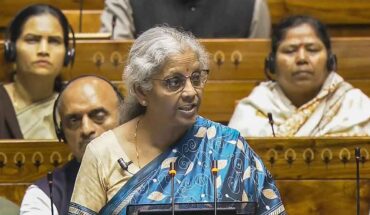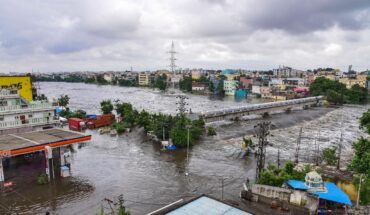The need for infrastructure development in the Himalayan region rubs up against the environmental and ecological challenges that they pose. The Uttarakhand government has for decades envisaged hydroelectric projects as the way forward to power the State, premised on the region’s undulating topography. However, the rising frequency of intense rains has been contributing to landslips, avalanches, and the loss of lives and property. All of this has a bearing on hydroelectric projects being situated in terrain prone to environmental shocks. In the aftermath of the devastating Kedarnath floods of 2013, the Supreme Court ordered a halt to hydroprojects in the Alaknanda and Bhagirathi river basins pending a review. The last few years have seen considerable friction on this issue, especially because the future of hydroprojects is closely linked to the National Mission for Clean Ganga programme. For the health of the river, it must be allowed to flow unimpeded, and hydropower projects are an obstacle. Through the years, whenever a group of experts has recommended a cessation of infra development, there is always another group of experts, usually affiliated to government institutions, that differ and recommend the opposite. The Centre has been saying that it is not too keen on new hydropower projects and is only permitting those that are at least 50% complete to go ahead given the sunk costs. While such statements have been made in Parliament, they do not appear in the latest affidavit to the Court; so there are concerns on whether this is indeed a lasting policy commitment. Uttarakhand is not immune from the demands for reliable power and infrastructure. Along with better dialogue, power firms and the Centre must inspire greater trust in the residents of the region. infra development will have to necessarily account for the region’s constraints.
Time to balance development and conservation
|
September 4, 2021 |





